How to save grapes from wasps and bees?
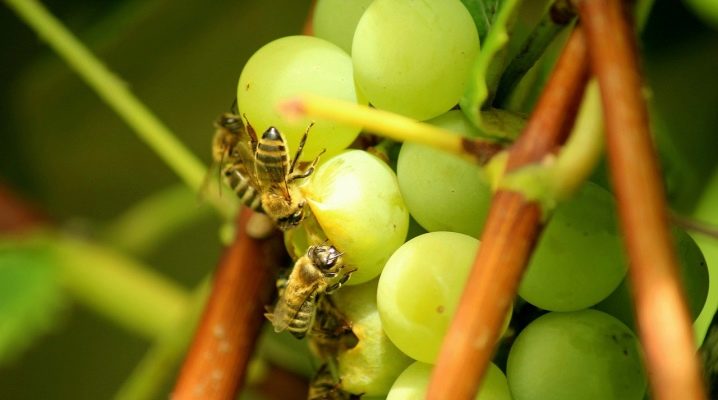
The times when the cultivation of grapes was considered the privilege of residents of exclusively southern regions have long since sunk into oblivion. Now, thanks to the work of breeders, these sweet berries can be grown in summer cottages, even in the middle lane. But, unfortunately, the vineyard is often attacked by wasps and bees.
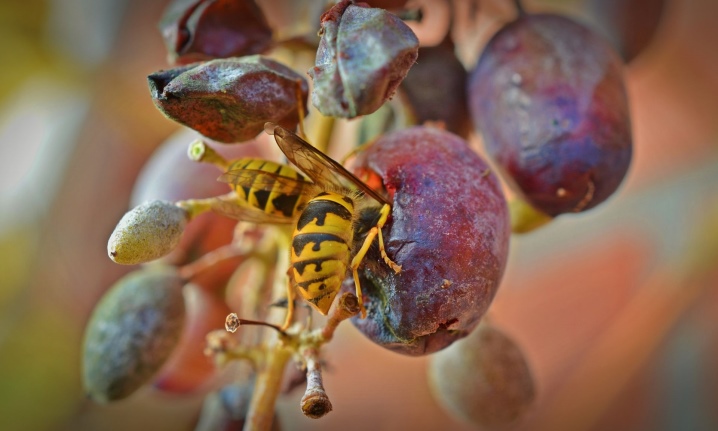
If you do not fight these insects, they can destroy most of the crop, and all the work will go to waste.
This article describes four effective ways to save grapes from wasps and bees without the use of poisons and harmful chemical solutions.
What can be processed?
During the ripening period of grapes, wasps flock to sweets and eat berries, starting with overripe, bursting fruits. You can save grapes from wasps by spraying the vines with a bitter infusion of wormwood. For this, wormwood is harvested during flowering. The grass must be crushed, filled with water at the rate of one bucket of water for half a bucket of wormwood and left for 24 hours. Then the infusion is boiled for about 40 minutes, filtered through cheesecloth and the same amount of water is added. The broth is sprayed on the grapes twice a day for a week.
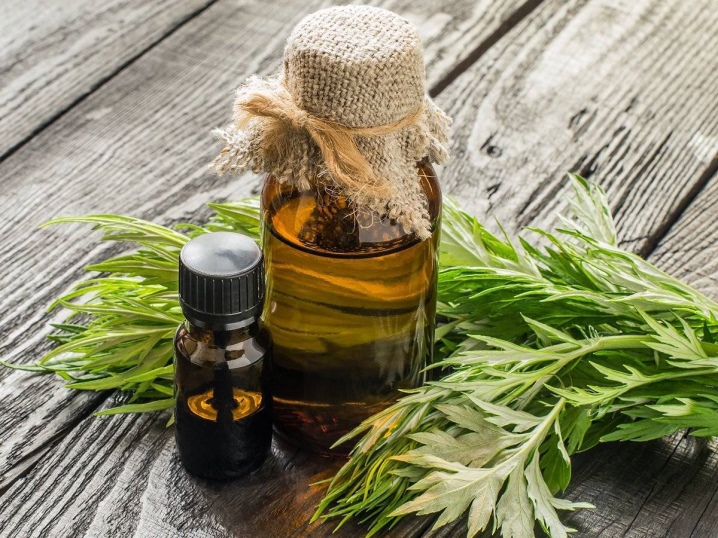
In addition to wormwood, you can mask the sweetness of the fruit with a saline or vinegar solution. Proportion: 3-4 tablespoons of salt / vinegar per liter of water. It is necessary to renew spraying once a week, and also after every rain.
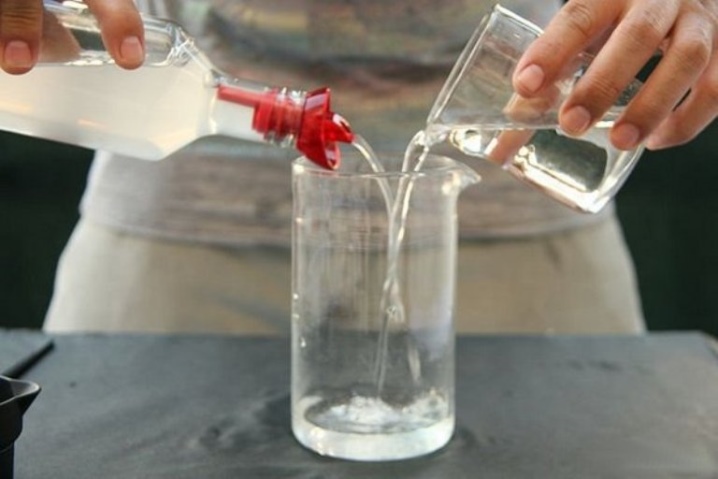
Among folk recipes, the method of spraying grapes with an infusion of onions and garlic is also common, but this is not recommended due to a change in the taste of the berries.
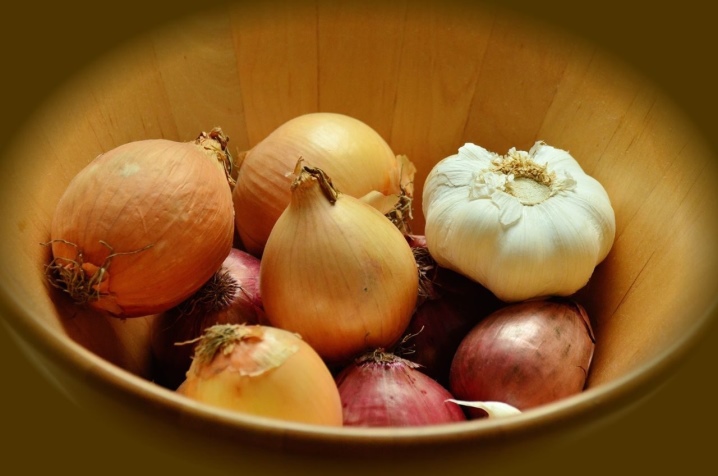
You can treat grapes with Sochva. It is not a poison, but simply repels harmful insects. This is an absolutely safe product made on the basis of a natural smoking flavor.
Among insecticides, the biological product "Aktofit" has proven itself well. They can both handle vines and put them in traps as bait.
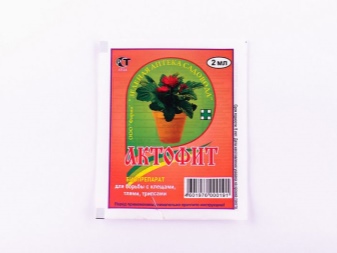
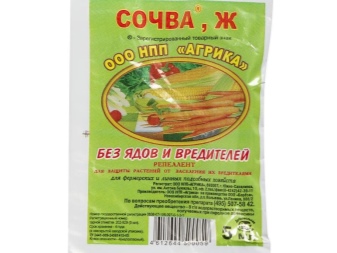
If the instructions are followed, the drug is completely safe for plants and human health.
Besides, seasoned growers practice fumigation of wasps and bees accumulations with smoke - these insects do not tolerate the smell of burning. This method can hardly be called one hundred percent, but when combined with other means, the method is quite effective.
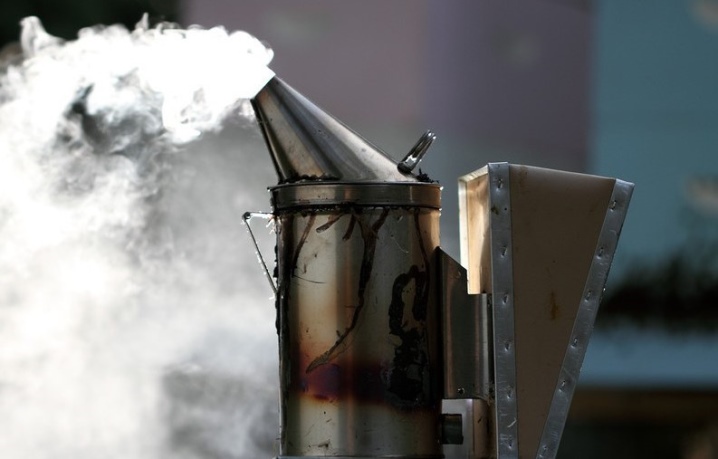
How to protect with baits?
There are special traps for catching wasps on sale, but you can make them yourself. The most common option is a reusable large plastic bottle trap.
In order to make a trap, you should unscrew the cork, cut off the neck of the bottle, turn it over and insert it back, making a kind of funnel. Various baits are placed inside the bottle, consisting of water and sugar syrup, candied jam or honey. Attracted by the tasty aroma, the wasps will crawl inside the bottle through the narrow neck and get bogged down in the sticky composition. After filling the bottle, you can clean it and reuse it.
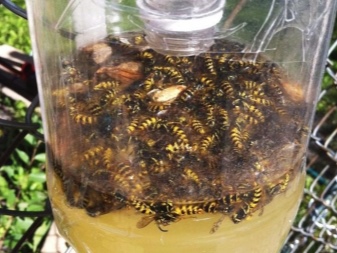
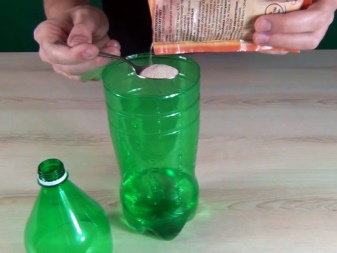
Also, beer, kvass and fermented berry and fruit compotes are used as bait for wasps. To enhance the smell, it is recommended to lubricate the outside of the trap with bait.
For greater efficiency, you can grease the walls of the trap with oil, and on the bottom, in addition to the bait, pour a boric acid solution that is destructive for wasps or any insecticide with a weak odor, for example, Get or Delta Zone.
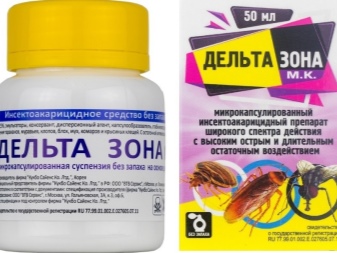
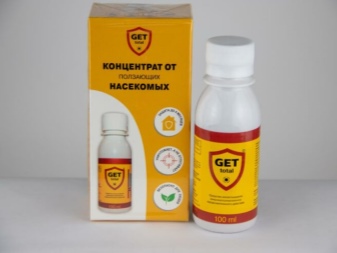
Sticky traps are also used. A layer of glue is applied to sheets of thick cardboard or linoleum, and a sweet bait is placed in the center from pieces of fermented fruits - melons, watermelons, apricots, bananas or any others. Wasps will flock to the treat and stick.
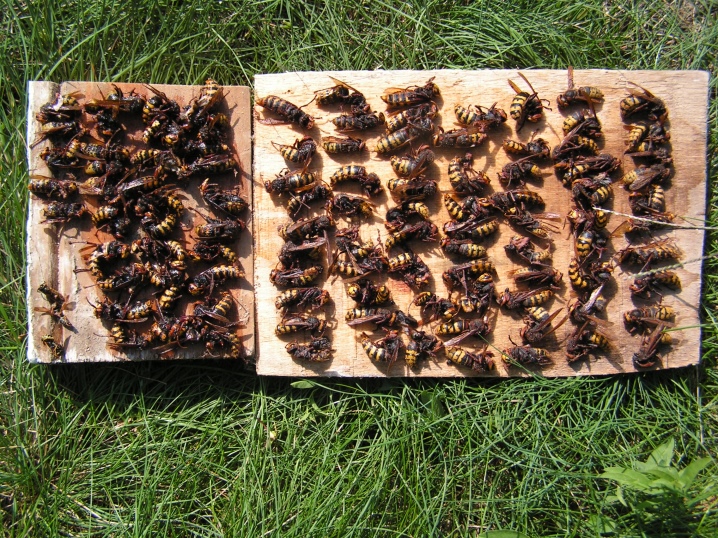
Besides sweets, wasps are attracted to meat. It is better if it is slightly spoiled. Pieces of sausage or sausages, fish, liver will also do. Such a bait also attracts hornets - one more “guests” dangerous for grapes.
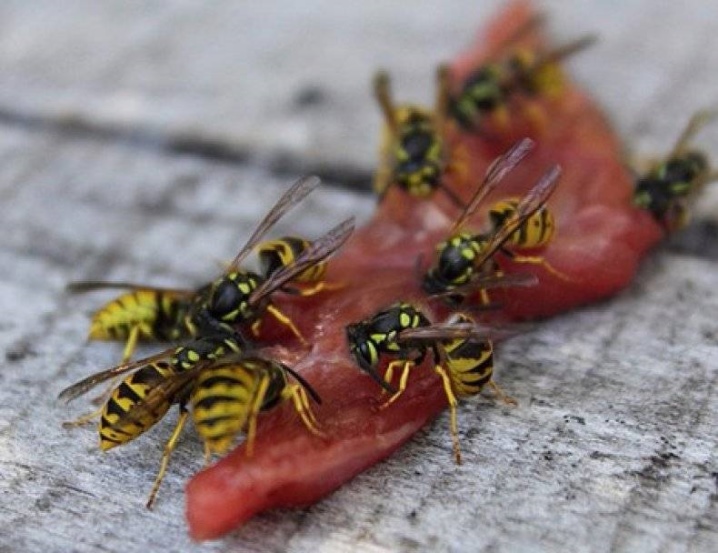
But bees, which do much less harm, are not interested in meat.
It is worth mentioning here that bees cannot bite through the skins of grapes and only eat those berries that have already been damaged by birds or wasps. Given the tremendous benefits that bees bring to the garden, it would be wiser not to destroy these insects unnecessarily.
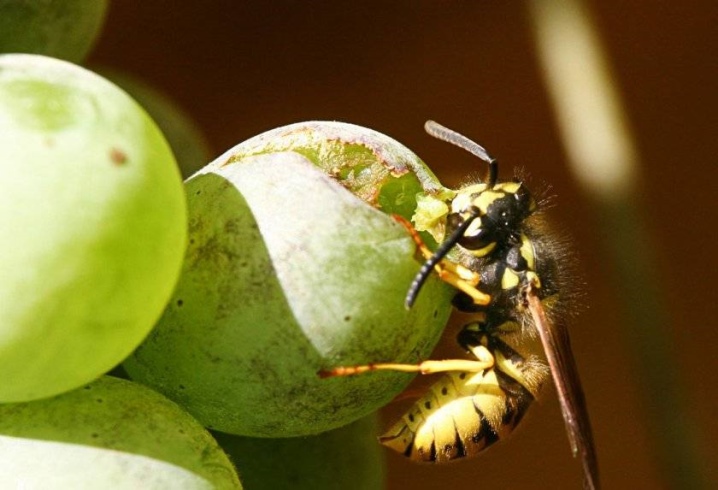
There are also traps with UV lamps. The insect flies into the light, touches the grate and dies from the discharge of an electric current. For such devices, additional baits are not required. The disadvantage of such traps is their rather high cost. A decent alternative is simple solar powered mechanical traps paired with decoys.
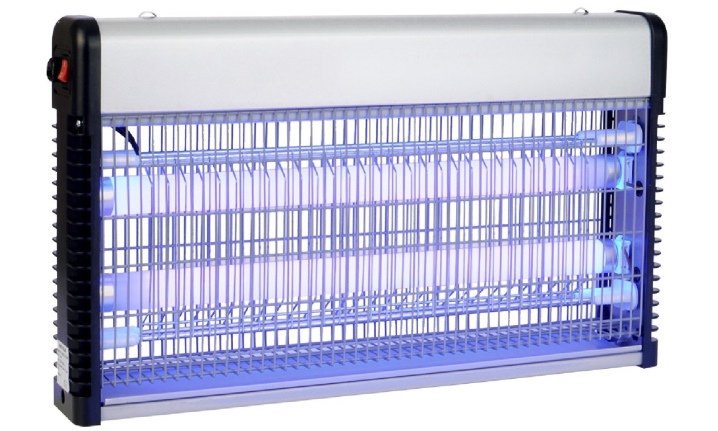
We use plants repellents
Some plants have a scent that repels wasps and hornets. These include mint, basil, thyme, geranium, lemon grass (aka citronella), wormwood, and lemon balm. It is recommended to plant these plants in the immediate vicinity of the vineyards or moisten them with cotton wool essential oil and spread them in places where wasps accumulate.
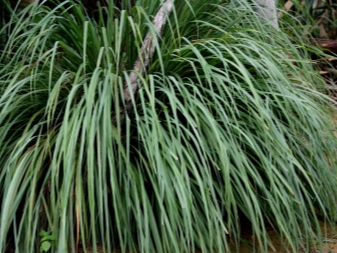

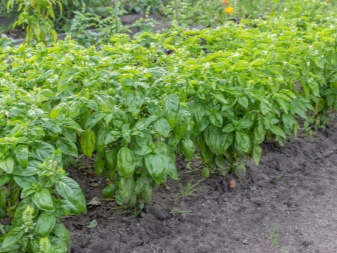
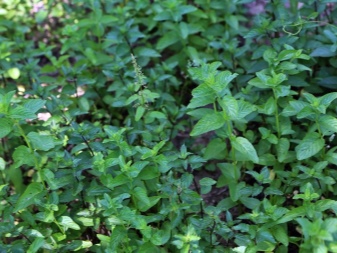
They usually form nests in attics, in pipe holes, in cracks between house floors and under shed roofs.
Plants that scare off wasps include such an exotic flower as common harmala, which grows in the steppe regions of Asia and Eastern Europe. Bunches of dry grass set fire to and smoke the places where insects gather. The smoke is completely harmless to humans, but wasps die from it. Combustion of coniferous wood also scares wasps away well due to the release of strong-smelling substances.
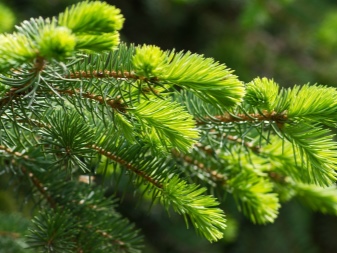
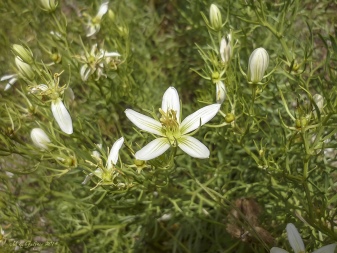
It should be noted that this method itself is effective only as a prophylaxis and should be used in combination with other methods of protection against pests.
Preserving grapes with pouches
You can also save grapes using special mesh bags. This is the most effective and humane method that does not lead to the death of insects.
The invasion of pests that eat the pulp of grapes, as a rule, begins in August, as soon as the first varieties ripen. By that time, you need to carefully hide each bunch in a bag made of any fabric in a fine mesh. It can be gauze, mosquito nets, old nylon tights or tulle from unnecessary curtains. You can also buy these bags at the store. They are made from durable synthetic material in different color variations. Better to choose neutral shades of gray and brown - they are the least attractive to insects.
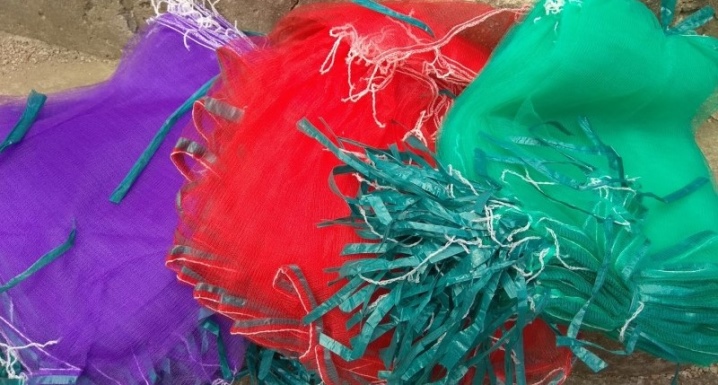
Each bag must be put on the bunch so that there is enough space between the grapes and the fabric for free air circulation. This process is quite long and laborious, but what to do - the result justifies the effort. Make sure that no grape leaves get into the "cocoon", which may start to rot.
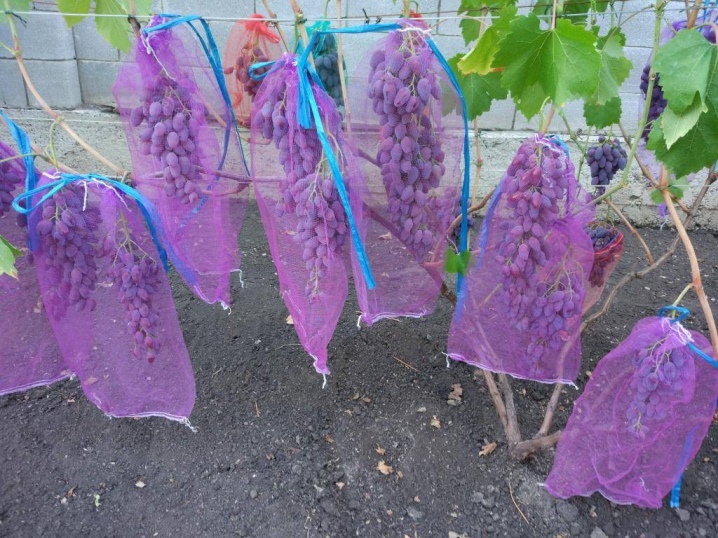
In addition to individual bags, you can use a large protective net that will protect the bunches not only from bees and wasps, but also from pecking berries by birds. It must be fastened to the top crossbar of the trellis along the entire perimeter of the vineyard on both sides so that the net hangs freely to the ground.
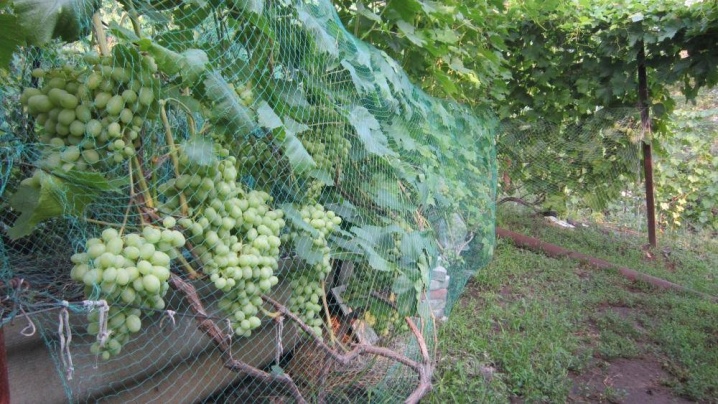













The comment was sent successfully.